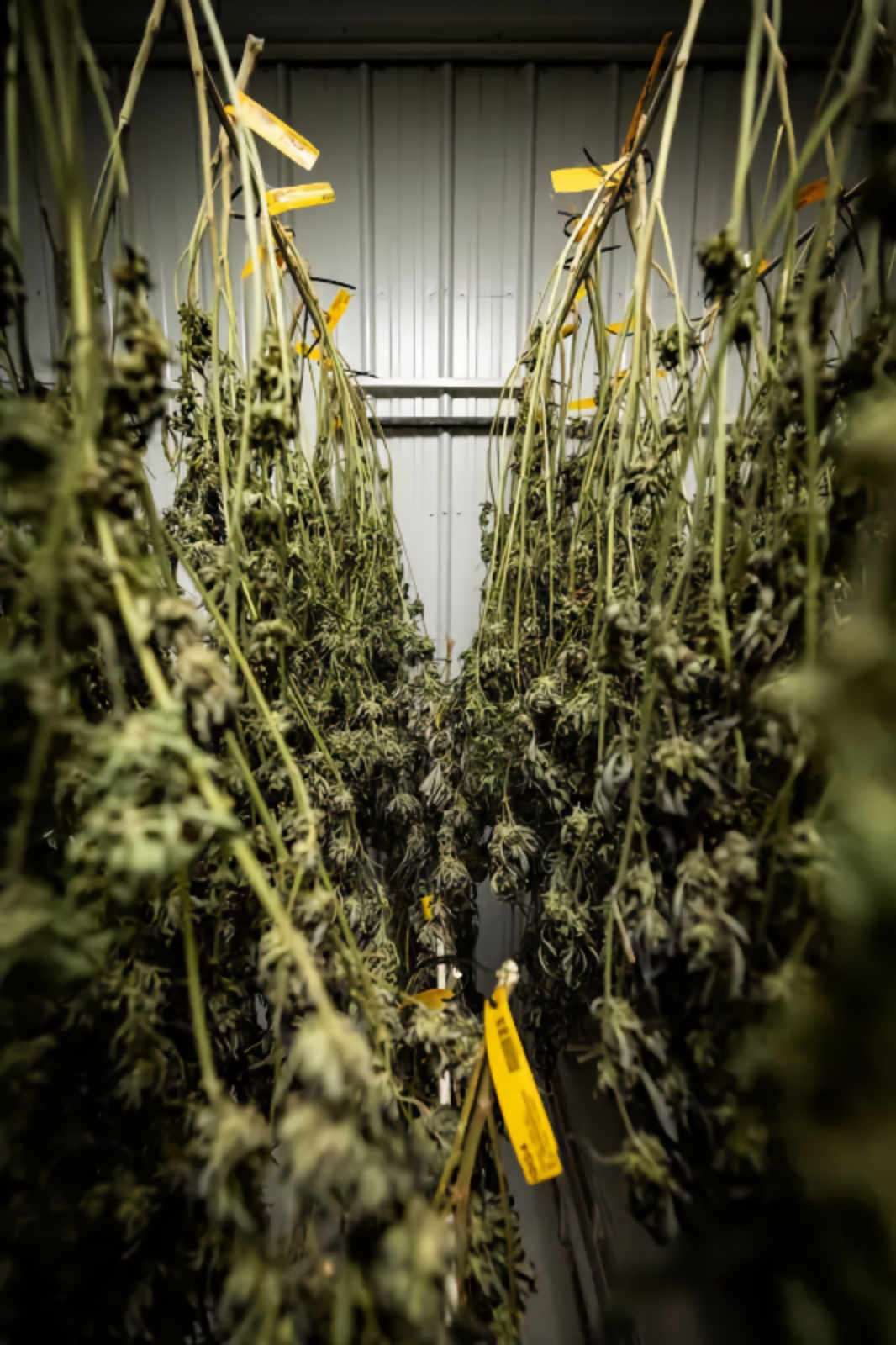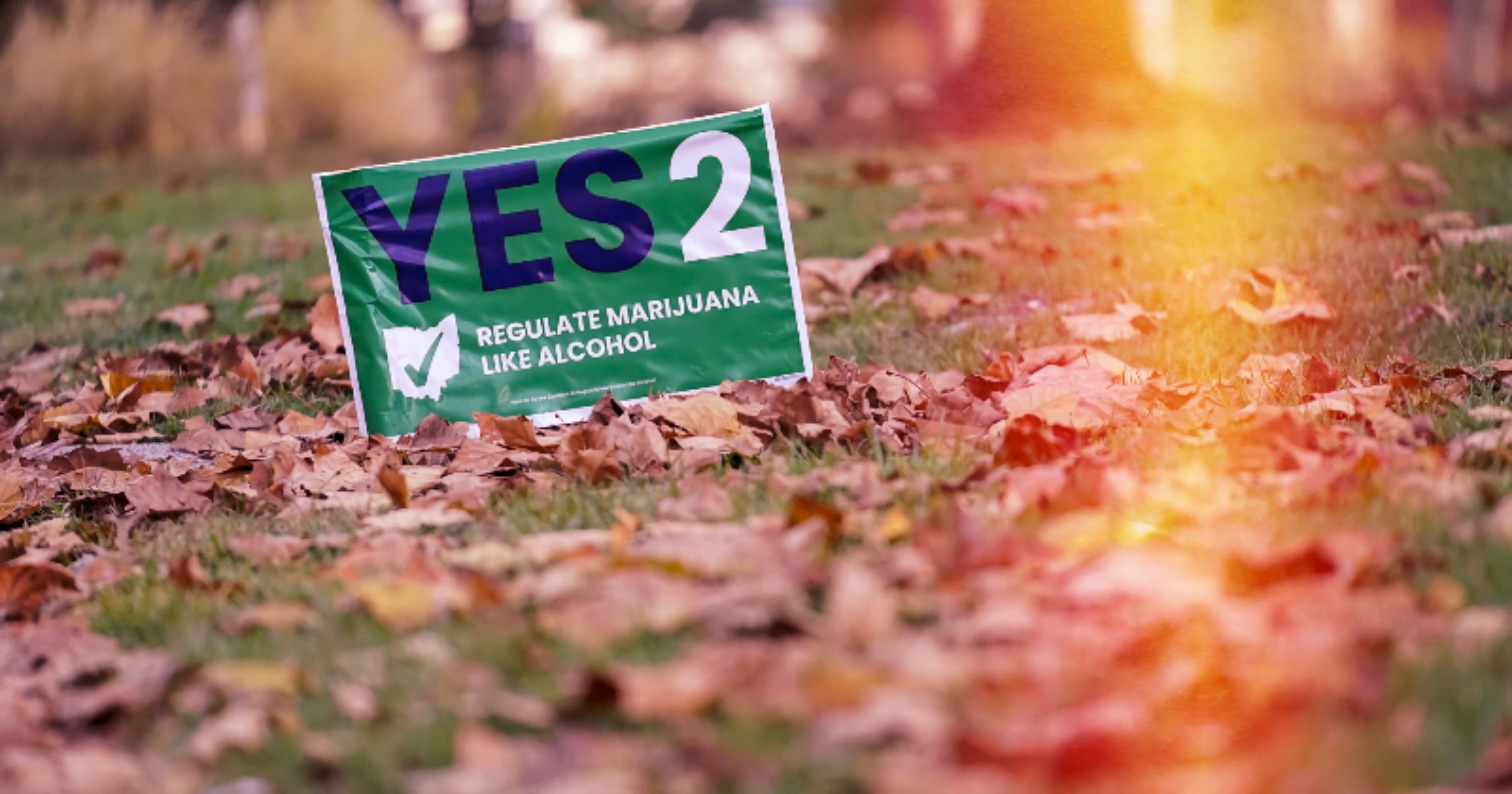
States that legalized marijuana in 2016 experienced notable decreases in traffic fatalities in the years immediately following the policy change, according to a recent study conducted by Quartz Advisor. However, the long-term impact on road safety appeared less certain when considering data from 2020 and 2021, which were described as “anomalies” nationwide.
The study’s primary conclusion is that motor vehicle safety should not be a significant concern in marijuana legalization initiatives, especially when compared to alcohol’s impact on road safety. The research is based on an examination of traffic fatality data from four states that legalized adult-use cannabis in 2016: California, Maine, Massachusetts, and Nevada, and compared it to states where marijuana remained illegal during the same period: Idaho, Indiana, Kansas, Nebraska, and Wyoming.
In the three years following the legalization, none of the four legalized states saw an increase in traffic deaths. In fact, most witnessed declines. Massachusetts experienced the most significant drop, with a 28.6 percent reduction in traffic fatalities.
Collectively, the four legalized states saw an 11.6 percent decrease in traffic death rates from 2016 to 2019, which was higher than the national average’s 10.6 percent decline over the same period.
Conversely, the five states where marijuana remained illegal during this time experienced a 1.7 percent increase in their combined traffic death rate.
The data becomes less straightforward when including figures from 2020 and 2021. During these years, states that had legalized marijuana saw a modest increase in the vehicle death rate, although less than the national average. States where cannabis was illegal, on the other hand, observed a decrease in traffic fatalities.
The study authors explained that 2020 and 2021 were unusual years, marked by nationwide spikes in traffic fatalities. The U.S. experienced an 18.9 percent increase in traffic fatality rates during this period. States that legalized marijuana in 2016 saw a similar but slightly lower increase of 19.9 percent, while states where cannabis remained illegal witnessed a 2.3 percent decrease in vehicular death rates.
The report concluded that while there was no evidence to suggest that marijuana legalization makes roads more dangerous, it emphasized that it is not safe to drive under the influence of cannabis. This warning is supported by a 2010 meta-analysis published in The American Journal of Addictions that found marijuana can impair driving performance.
However, studies have also shown that not all marijuana-intoxicated drivers exhibit significant impairment, with some maintaining slower speeds and longer following distances. This nuance complicates the issue of marijuana-impaired driving, especially considering the lack of a reliable test to screen for cannabis impairment.
Efforts are ongoing to develop an objective standard and field sobriety test to measure marijuana impairment, and the transportation industry is grappling with the conflict between state and federal cannabis policies. While marijuana’s impact on driving remains a topic of debate, research is ongoing to better understand the relationship between THC concentrations in blood and impairment on the road.
Read the whole article here.








